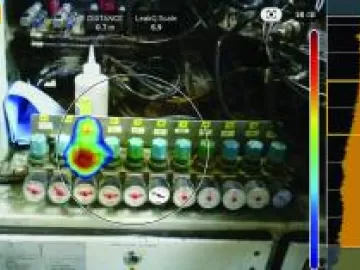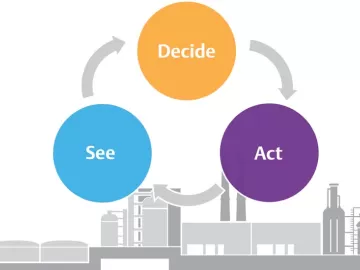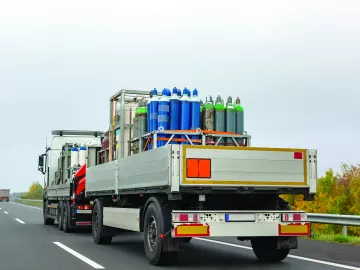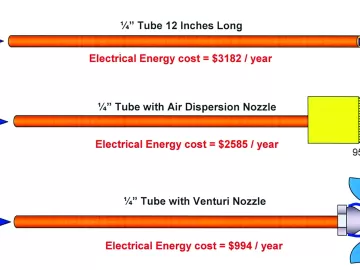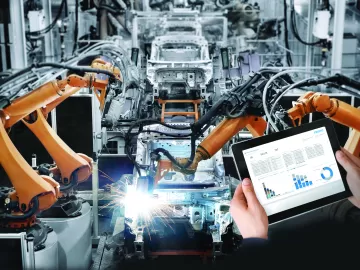Dutch Glass Container Plant Compressed Air System Makeover Increases Uptime and Energy Savings
To improve the delivery of compressed air at the plant, which is supplied by low-pressure and high-pressure compressed air systems, the manufacturer took an important first step by using airflow meters to monitor and measure the performance of both systems. Subsequent planning based on actionable data led to a unique compressed air system upgrade that increases the plant’s ability to maintain peak production of high quality glass bottles and containers at all times – while saving \$150,000 per year in energy costs. The project also delivered a payback of less than two years.


